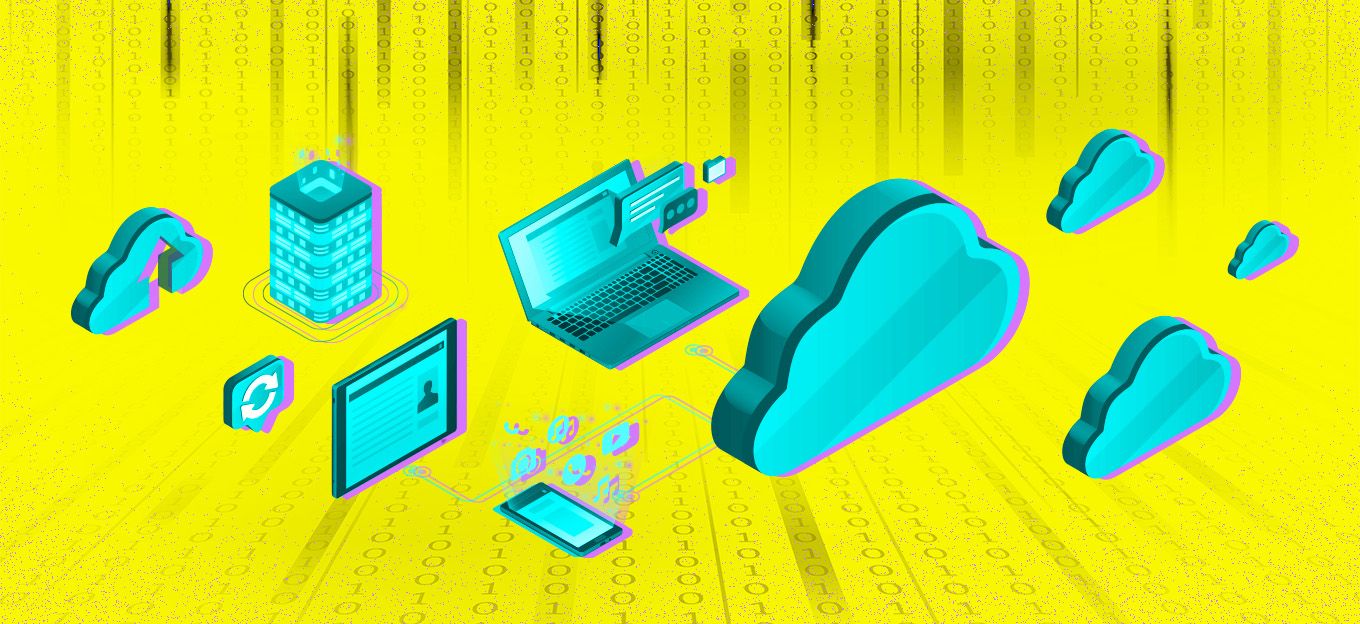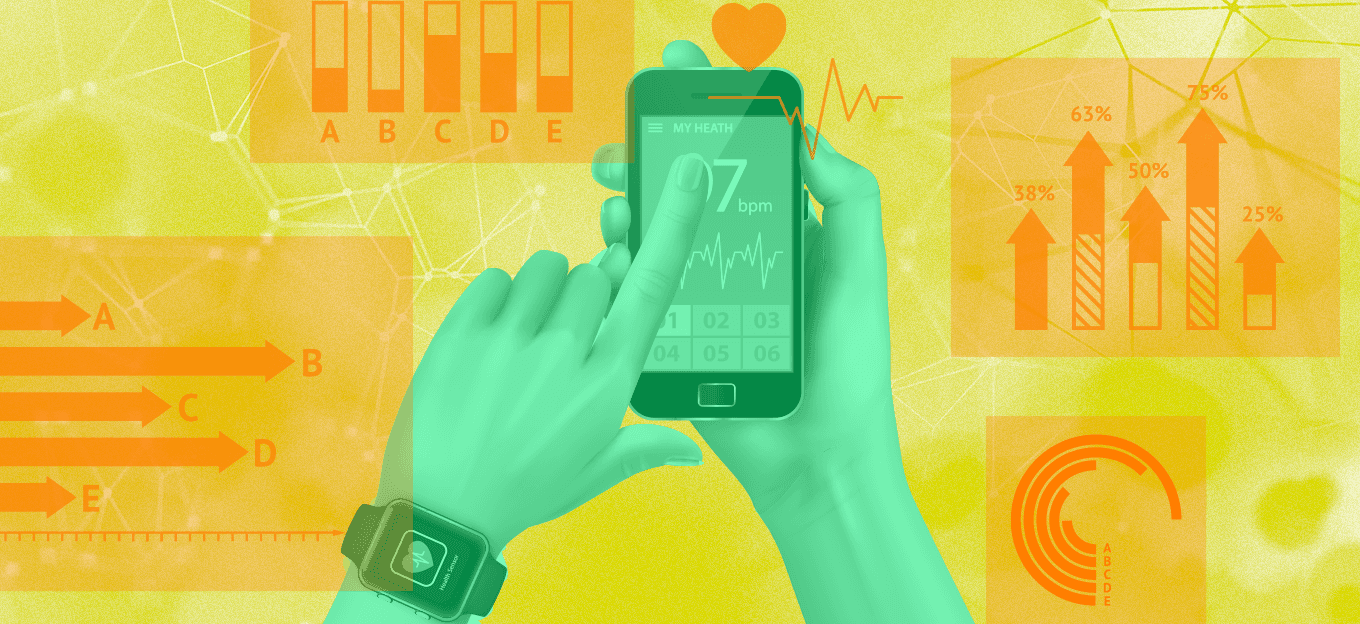Design Thinking and IoT: 6 Personas of an IoT Solution
Design Thinking and IoT: 6 Personas of an IoT Solution
- Last Updated: December 2, 2024
Kostas Tselios
- Last Updated: December 2, 2024



Identifying the user categories of an IoT solution can make your life easier while making design decisions of many sorts to focus on what is important. In design thinking, we call these user categories personas. Design thinking’s personas building is a very powerful and well-established tool for designing user experiences.
Besides user experiences (UX), personas can also be used to design systems and solution architectures. This makes this tool of design thinking useful not only to UX/UI designers but also to architects and developers. For the Internet of Things (IoT) domain, we have identified six types of personas. With these six personas, one can identify user needs in terms of system functionality, data, and information, but also population information and personality traits. Personas can then be used in different design phases, for example, defining the UI, defining the right data store for data, etc.
Design thinking's persona building is a powerful and well established too for designing user experiences, and especially those experiences tied to IoT solutions.
For illustration purposes, we will be using two examples: one from the consumer goods industry – a connected coffee machine (connected product) and one from the industrial domain – a connected chemicals’ facility (connected operations). The typical personas we encounter are listed and described below. Their traits are:
- Description: how do they describe themselves?
- Population: are they the majority of your users?
- Tech affinity: how tech savvy are they?
- Need of immediate response: can they wait to get an answer to their query?
- Requirements: what is the functionality they are looking for?
Note: the names of the personas are meant to describe their needs from an IoT platform perspective, and they are not coupled to specific occupations or functions. In real life we might meet people that fit in more than one type of the personas discussed here. This effort to group those personas is based on collected observations from the field and it is not a scientific grouping effort.
The Driver
Consumer goods industry: a connected coffee machine owner at a bar who wants to get notified and prioritize fixing it in case the machine is malfunctioning.
Industrial domain: an operations engineer at a chemicals’ facility that needs to know if the health of a pipe is in critical state (red) or not (green), in real operations time while moving towards the asset.
The Asset Operator & Supervisor
Consumer goods industry: These personas in real life can be:
[Asset operator] a connected coffee machine owner at a bar who wants to know how much the daily coffee consumption is or when the machine is due for maintenance, and
[Supervisor] a connected coffee machine manufacturer’s marketing & operations officer who wants to know how much the monthly coffee consumption per region is or the amount of reported hardware failures in the past six months.
Industrial domain: These personas in real life can be:
[Asset operator] an operations shift engineer at a chemicals’ facility who wants to know the latest/current measurement of a vibration sensor of an engine or the average vibration value of the past 24 hours, and
[Supervisor] an industrial process manager who wants to know the latest/current KPI value (e.g. factory uptime) or the annual KPI values for benchmarking one factory or multiple factories for comparison or standardization purposes.
The Engineer or The Domain Expert
Consumer goods industry: a connected coffee machine hardware designer that investigates timely events, such as fluctuations in temperature or pressure measurements within a time period to identify hardware module failures of a specific device or a set of devices.
Industrial domain: a maintenance engineer at a chemicals’ facility that investigates sensor readings that were taken prior to and during a reported pipe leakage that led to shutting the facility down for a few hours, to pinpoint the root cause of this downtime.
The Data Operator
Consumer goods industry: a market analyst of the connected coffee machine manufacturer that tries to identify correlations between reported hardware failures and customer churn, or to predict coffee consumption per country, price and season.
Industrial domain: a process analyst at a chemicals’ facility that analyzes historical data of engines (e.g. multiple sensor reading types, maintenance logs and schedules, errors and alerts, factory downtime root cause analyses, ambience sensor readings, etc.) in search of identifying patterns of behavior, or to create an engine model to be used for predicting Remaining Useful Life of assets in real-time operations.
The Auditor
Consumer goods industry: an external auditor checking for GDPR compliance of the connected coffee machine application, e.g. confirming data deletion of customers that no longer receive the service.
Industrial domain: an internal health, security & safety analyst at a chemicals’ facility that investigates safety related events, e.g. an accident or a leakage.
The Platform Operator
Consumer goods industry: an operator of the connected coffee machine application, e.g. responsible for provisioning and deprovisioning coffee machines, and defining and rolling out configuration updates, such as new coffee brewing recipes.
Industrial domain: a field engineer at a chemicals’ facility that installs a new pressure sensor on a valve and registers e.g. its physical location, the name of the organization the sensor will be serviced by, the name of the manufacturer and the asset ID the sensor is attached to.
Conclusion
Based on the traits of personas we can make decisions on the project lifecycle, UI design, or the system requirements. It's possible to then prioritize deliverables based on how great the population of the relevant personas is. It's also an option to then define how much out-of-the-box versus custom-built building blocks need to be included in the solution design by how tech-savvy the audience is.
The Most Comprehensive IoT Newsletter for Enterprises
Showcasing the highest-quality content, resources, news, and insights from the world of the Internet of Things. Subscribe to remain informed and up-to-date.
New Podcast Episode

Moving Past the Pilot Phase in IoT and AI
Related Articles





